With regard to the Unmarked Sites project, what attracted you to this particular landscape and what were some of the challenges?
Jessica Auer (JA): I have a particular interest in places that have a colonial history. Unmarked Sites was shot in Newfoundland and Labrador but I was initially drawn to the L’Anse aux Meadows site in particular. It is the only known Viking settlement in North America - proof that other Europeans came to America before Columbus. However, the photographs are not just about this one site but rather the journey that I took through this landscape, searching for clues to the area’s past. Also, Newfoundland and Labrador can be considered somewhat remote. I like shooting in places that are out-of-the-way because adventure of getting there. One may think that working in isolated places can be difficult but it is truly a great pleasure for me as I like camping and I love walking. The greatest challenge came after the shooting, when the time came to edit the photographs. With landscape photography, one can get wrapped up in the beauty of the place but it was also important for me to address a number of contemporary landscape issues, such as resource management and sustainable tourism.
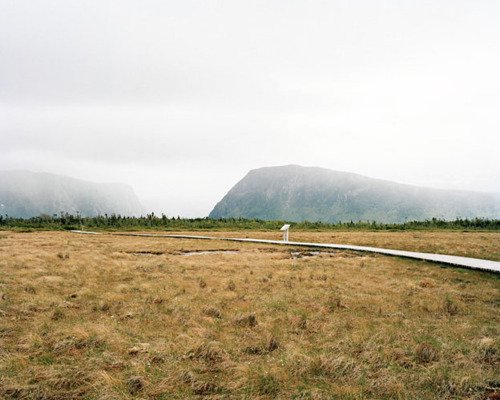
© Jessica Auer from the series 'Unmarked Sites'
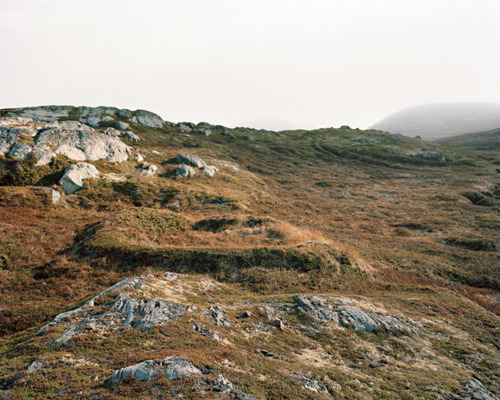
© Jessica Auer from the series 'Unmarked Sites'
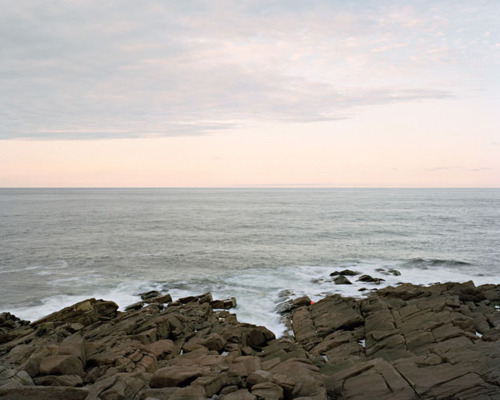
© Jessica Auer from the series 'Unmarked Sites'
The pictures and texts of Unmarked Sites are concerned with histories revealed in the landscape and also could be seen to portray the end of the history of the cod fishery as a way of life in Newfoundland.
JA: The landscapes that we occupy can play a significant role in defining regional identity. In the case of Newfoundland, much of the culture is attached to the fisheries. But I wouldn’t go so far to say that the local cod fishery has completely shut down. I was surprised to meet many cod fisherman and see cod on almost every restaurant menu! In fact, the old slogan “In Cod We Trust” is still widely displayed. What I refer to mostly in the book is the collapse of the commercial cod fishery, which crippled the economy. I find it interesting that when one industry collapses, another starts to rise, such as tourism. And in this case both the fisheries and the tourist industry are connected to landscape. But getting back to fishing as a way of life, I am also interested in how culture evolves over time. Other reasons why daily life has changed for Newfoundlanders have a lot to do with politics and generational pressures. There is a layering of issues that are very complex here, and I believe that the cod fishery is just one of these remarkable layers.

© Jessica Auer from the series 'Unmarked Sites'
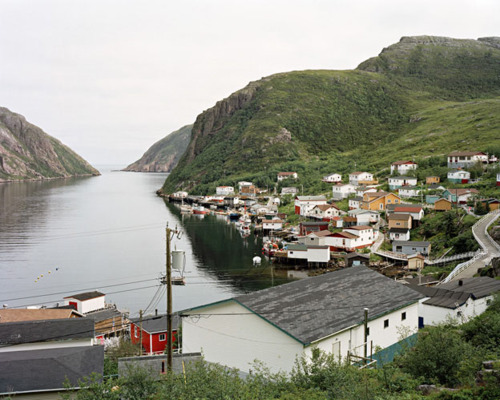
© Jessica Auer from the series 'Unmarked Sites'
Your recently published book, Unmarked Sites is a sort of travelogue that combines landscape pictures, local stories, histories and personal observations about the landscape of Newfoundland. Did you envision this project primarily as a book or as a gallery exhibition?
JA: When I was making these photos, I had no idea that I would be making a book. I’m used to showing my work in art galleries and I’ve been typically making large prints for the last few years. The decision to make a book came when I realized that Unmarked Sites had narrative potential. I showed the photographs to some friends and students and became conscious of how often I was launching into storytelling. So I started to sequence the images and as I was going through this process, I began to write. The writing came out of a desire to create a context for the work and to share my personal experience. It was perhaps a strange decision to make a small vertical book to present landscape photographs, but I like how the book functions as both travelogue and travel guide. It is very portable.
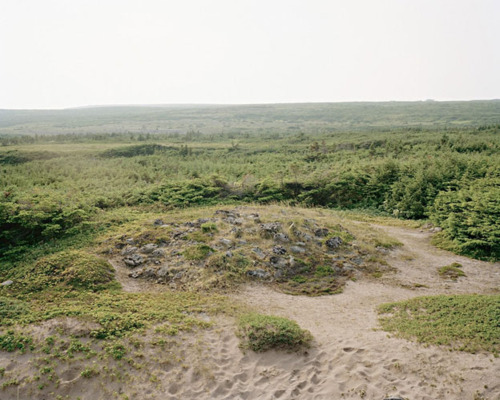
© Jessica Auer from the series 'Unmarked Sites'
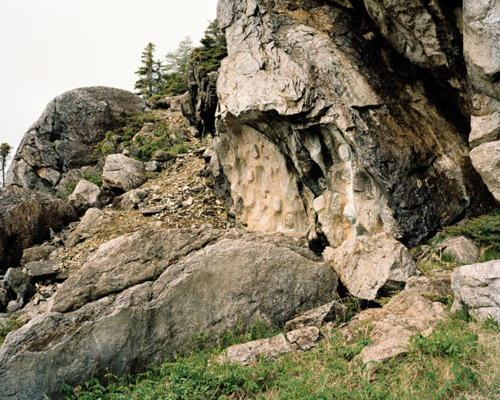
© Jessica Auer from the series 'Unmarked Sites'
In the series Re-creational Spaces we encounter the landscape as spectacle. Susan Sontag wrote this several decades ago: “Photography makes everyone a tourist in everyone else’s reality and eventually in ones’ own”. Tell us about the process of the development of this project.
JA: Re-creational Spaces began as my MFA thesis project and has turned into an on-going series. The project started out as a case study of Niagara Falls, but when I realized that it wasn’t necessary for me to create a whole series on this one place, I starting photographing other sites that were either iconic, historical and in some cases, controversial. The images really play off the idea that everyone is a tourist at one point or another. Many of the places I photograph are well-trodden, which means that the viewer may have already visited that site or has at least seen the place through photographs. My photographs show how landscape has been transformed for tourism, but what the series is really about is the ways in which one experiences landscape. In a sense, my critique is not necessarily of the “disneyfication” of certain places, but more or less questioning the tourist’s responsibility in observing these sites. It is a bit ironic to try and discuss this with photography when many viewers take only seconds to look at an image, but there’s an interesting dichotomy there. In any case, I print the images large to draw the viewer into looking at the details. I’ve been working on Re-creational Spaces since 2004 and I’m slowly adding two or three images a year.

© Jessica Auer from the series 'Re-creational Spaces'
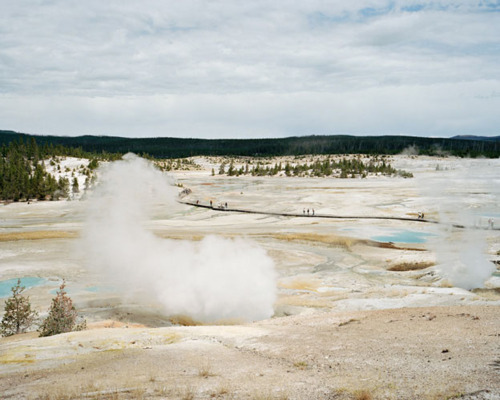
© Jessica Auer from the series 'Re-creational Spaces'
Your pictures convey a strong sense of standing at the site. Could you talk about Space as a component within your work.
JA: For the Re-creational Spaces photographs, I generally choose a slightly elevated perspective to get the larger view, but with Unmarked Sites, it was essential that I take the viewer along with me and that the photographs give the sense of “being there”. I think that the images become more intimate when there is a sense of standing not just at the site, but also in the site. Even though some of the photographs are of vast landscapes, it is important for me that space is expressed on a human scale.
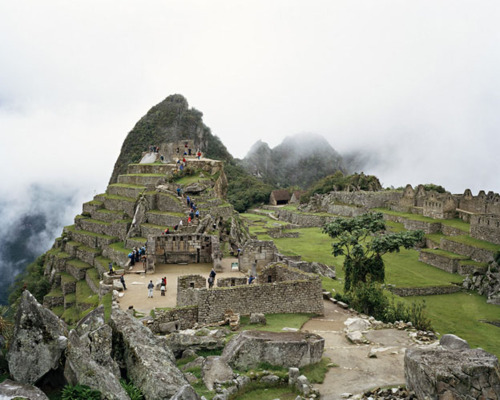
© Jessica Auer from the series 'Re-creational Spaces'
What is your next project concerned with?
JA: I’m starting on somewhat of a “prequel” to Unmarked Sites whereby I’m following the ancient Viking routes from the Baltic Sea leading to North America. My itinerary is guided by the Viking Sagas, which were often written after the fact and at a time when history was loosely recorded. I like how they leave enough clues to interpret the past, yet are ambiguous enough to spark the imagination. The whole debate of whether the Sagas can be considered a historical reference or simply mythology is fascinating. At this point I can’t say what form the project will take, or if I’ll even finish within the next few years but I’ll certainly enjoy following in the footsteps of these great adventurers.
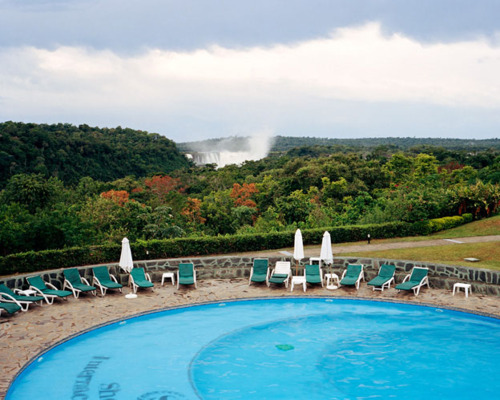
© Jessica Auer from the series 'Re-creational Spaces'
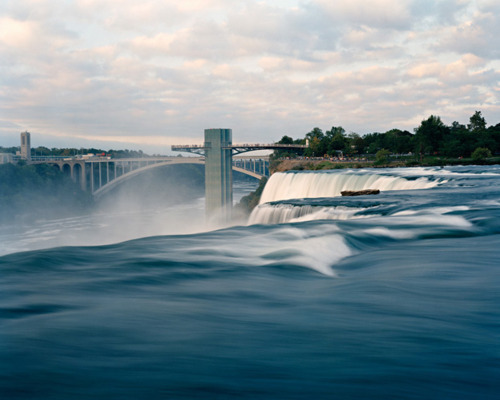
© Jessica Auer from the series 'Re-creational Spaces'
---
LINKS
Jessica Auer
Canada
share this page